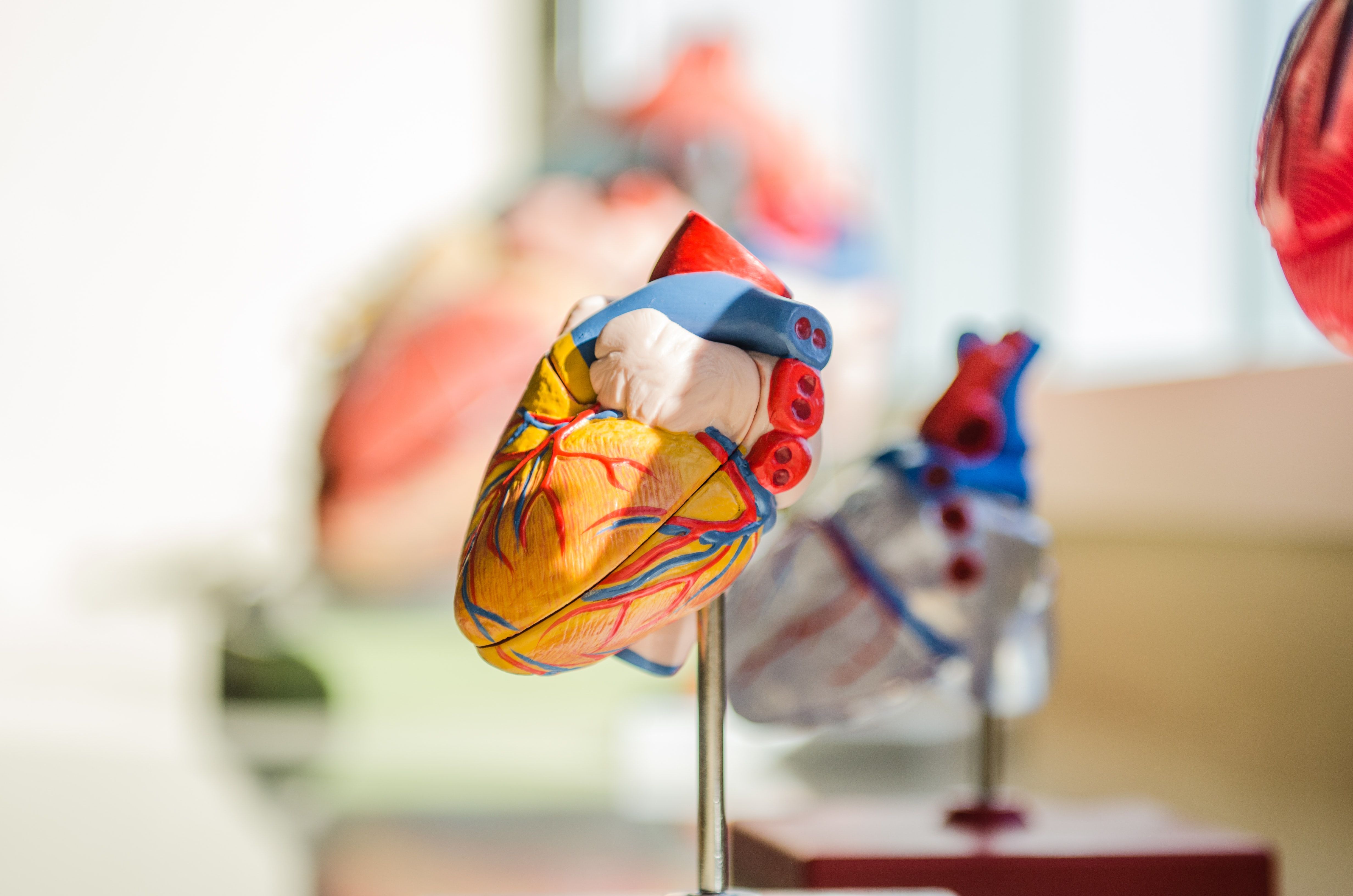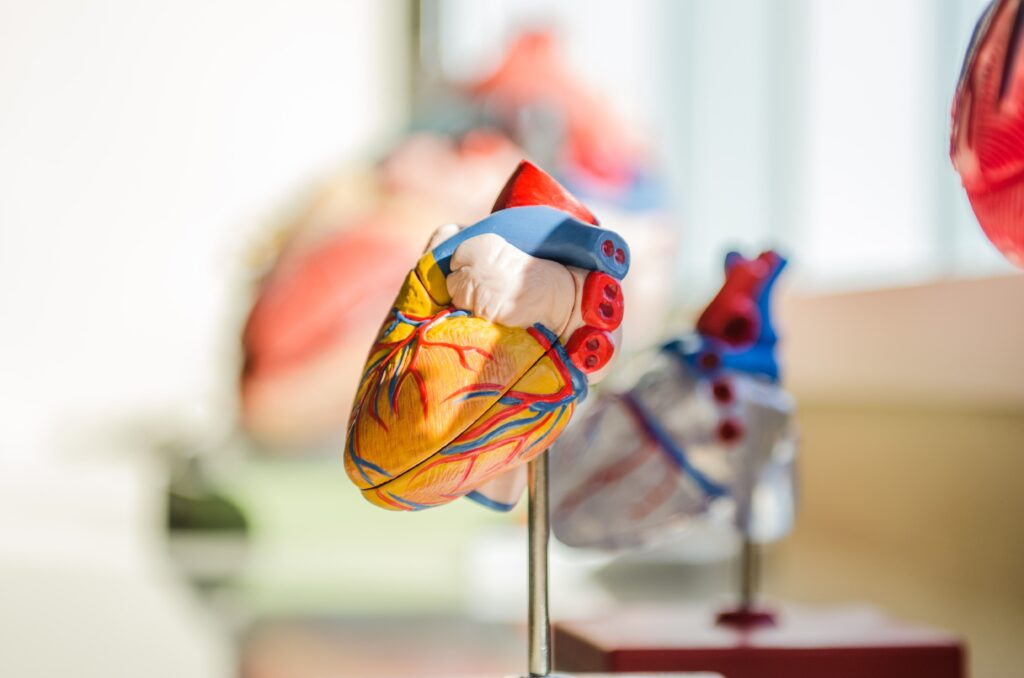
This article originally appeared on our sister site, HCPLive.
Hepatitis C virus (HCV) eradication with direct-acting antiviral (DAA) therapy may decrease the risk of carotid atherosclerosis and peripheral artery disease, according to findings from a recent study.
Achieving sustained virological response (SVR) was linked to improvements in intima-media thickness and ankle-brachial index measurements indicative of patients’ risk of cardiovascular events – of note, patients with advanced fibrosis and cirrhosis experienced the greatest benefit from viral eradication.1
Attributed to an estimated 58 million cases worldwide, HCV continues to present a significant global health burden despite the availability of effective treatment in the form of DAAs, which may be able to cure as many as 95% of these infections. Long-term complications such as cirrhosis and hepatocellular carcinoma are known complications of chronic HCV, but speculation regarding an increased risk of non-liver-related mortality in this patient population highlights the need for further research regarding other health risks and the impact of viral eradication with DAA therapy.2,3
“The available evidence indicates HCV eradication lowers the risk for cardiovascular events; however, the different studies methodology makes it impossible to determine if this decrease is caused by the virus eradication, by IFN, or by patient selection and other types of bias,” wrote Anca Trifan, MD, PhD, Director of the Department of Internal Medicine at Grigore T. Popa University of Medicine and Pharmacy in Romania, and colleagues.1
To determine the impact of viral eradication with oral DAA agents on carotid atherosclerosis, peripheral artery disease, steatosis, and liver fibrosis, investigators conducted a prospective study of patients diagnosed with chronic HCV infection or HCV-related cirrhosis from a tertiary center in Romania between January 2017 and March 2022. For inclusion, patients were required to have failed previous antiviral therapy or be treatment-naïve and have a detectable viral load following DAA therapy.1
What You Need to Know
Achieving sustained virological response (SVR) through DAA therapy was associated with improvements in markers of cardiovascular health, such as intima-media thickness and ankle-brachial index.
Patients with advanced fibrosis and cirrhosis experienced the greatest benefit from viral eradication with DAA therapy in terms of cardiovascular parameters.
There was a strong association between liver health indicators, such as liver stiffness measured by vibration-controlled transient elastography (VCTE) with controlled attenuation parameter (CAP), and markers of cardiovascular health. This suggests a potential interplay between liver fibrosis, hepatic steatosis, and cardiovascular disease risk among HCV-infected individuals.
Along with laboratory data, investigators also recorded participants’ liver stiffness as measured by vibration-controlled transient elastography (VCTE) with controlled attenuation parameter (CAP), classifying them as having mild/moderate fibrosis (≤9.5 kPa) advanced fibrosis (>9.6 kPa), or cirrhosis (12.5 kPa). Atherosclerosis modifications were also measured using intima-media thickness and ankle-brachial index.1
All patients were evaluated at baseline, at SVR 12 weeks after the end of the antiviral treatment, and during a follow-up period up to 6 months after SVR.1
Among the cohort, 54.7% of participants were female with a mean age of 58.14 (Standard deviation [SD], 8.8) years. More than half (55.3%) of the study population presented arterial hypertension and 22% were classified as having obesity based on their BMI.1
Investigators noted 25.6% of patients had an intima-media thickness ≥1.5 mm, which is associated with atherosclerotic plaque, and 18.4% had an ankle-brachial index ≤0.90, a common marker for peripheral artery disease. According to VCTE examinations, 51.3% of patients had lower stages of liver fibrosis (F0 and F1), and 34.5% had advanced fibrosis (≥F3) while 63.1% had liver steatosis.1
The average intima-media thickness was 1.22±0.2 mm, with a variance range from 1.14±0.19 mm in the mild and moderate fibrosis (≤F2) group to 1.29±0.25 mm in the severe fibrosis (≥F3) group. Investigators pointed out there were more individuals with carotid thickness in the group with advanced fibrosis and cirrhosis before treatment (55.1%), compared to those with F0–F2 fibrosis (41.8%).1
Following DAA treatment, investigators noticed a substantial decline in liver stiffness (P = .018) and CAP scores (P <.001). In addition, they called attention to significant changes in cardiovascular parameters, including a significant decrease in intima-media thickness values (P <.001) and an increase in ankle-brachial index levels (P <.001).1
Of note, individuals with severe fibrosis (≥F3) had a more critical decrease in intima-media thickness values following DAA treatment, with carotid thickness affecting only 18.2% of individuals in the follow-up period.1
The degree of liver fibrosis had an impact on the quantity of atheroma plaques, with investigators noticing more individuals in the advanced fibrosis and cirrhosis groups (34.4%) presenting atheroma plaques compared to the F1-F2 fibrosis group (20.9%). Moreover, a significant decrease in the number of patients with carotid plaques was observed after the DAA regimen.1
At the baseline, patients with F-F2 fibrosis had a mean ankle-brachial index of 1.02 compared to 0.91 in the severe fibrosis group. However, at SVR evaluation, participants with severe fibrosis presented a significant increase in ankle-brachial index values (P <.001). A similar increase was observed for average intima-media thickness values at SVR evaluation, again demonstrating a significant increase compared to the previous evaluation (1.06; P <.001) that was more pronounced in individuals with severe fibrosis (P = .038).1
Upon analysis, there was a strong association between the CAP score and clinical indicators of atherosclerosis, including intima-media thickness ( r= 0.061; P <.001) and ankle-brachial index (r = 0.057; P <.001). Additionally, investigators called attention to a strong association between liver stiffness at post-SVR evaluation, intima-media thickness values (r = 0.84; P <.001), and ankle-brachial index levels (r = 0.064; P <.001).1
Along with the study’s many strengths that reinforce these findings, investigators were careful to outline several limitations, as well. These included potential misinterpretations of carotid atherosclerosis between observers, the need for longer follow-up to track the progression of hepatic steatosis and fibrosis after DAA therapy, and the absence of histological examinations.1
“Our research highlights the beneficial effect of HCV eradication by the new DAA regimens on both carotid atherosclerosis and PAD. All treated HCV-infected patients experienced significant improvement in IMT and ABI measurements. According to the fibrosis stage as recorded by the liver stiffness evaluation, the maximum benefit was obtained by patients with advanced fibrosis and cirrhosis,” investigators concluded.1
References:
- Cuciureanu T, Stanciu C, Năstasă RR, et al. Improvement of carotid atherosclerosis and peripheral artery disease after hepatitis C virus eradication by direct-acting antivirals. Rom J Morphol Embryol. 2023;64(4):483-491. doi:10.47162/RJME.64.4.04
- World Health Organization. Hepatitis C. Newsroom. July 18, 2023. Accessed January 23, 2024. https://www.who.int/news-room/fact-sheets/detail/hepatitis-c
- Lee KK, Stelzle D, Bing R, et al. Global burden of atherosclerotic cardiovascular disease in people with hepatitis C virus infection: a systematic review, meta-analysis, and modelling study. The Lancet Gatroenterology and Hepatology. https://doi.org/10.1016/S2468-1253(19)30227-4









Thank you for your sharing. I am worried that I lack creative ideas. It is your article that makes me full of hope. Thank you. But, I have a question, can you help me?
Your point of view caught my eye and was very interesting. Thanks. I have a question for you.
Muchas gracias. ?Como puedo iniciar sesion?